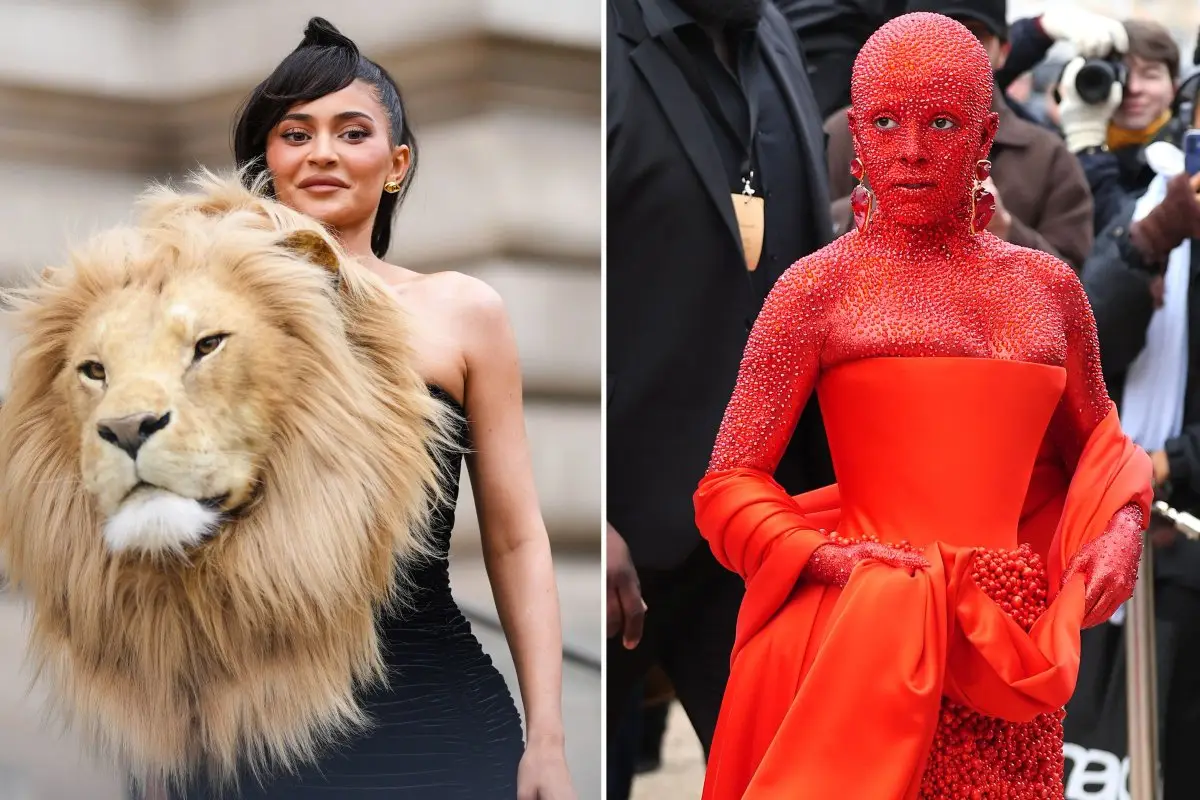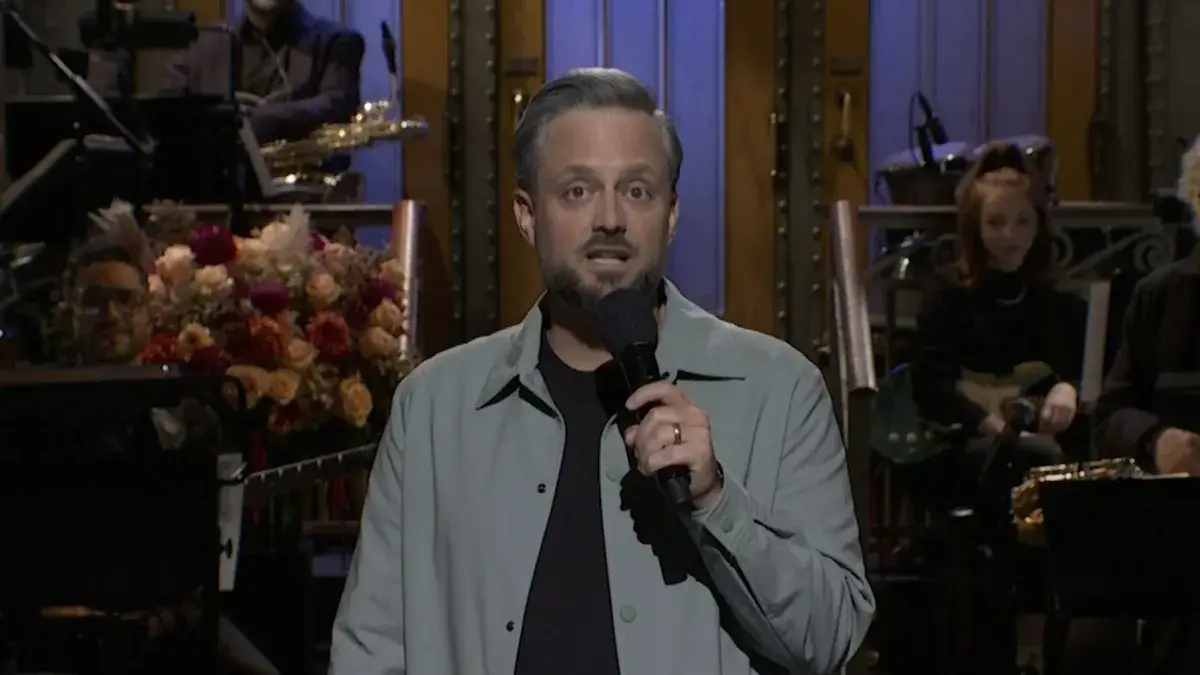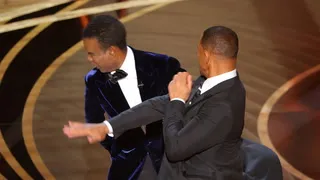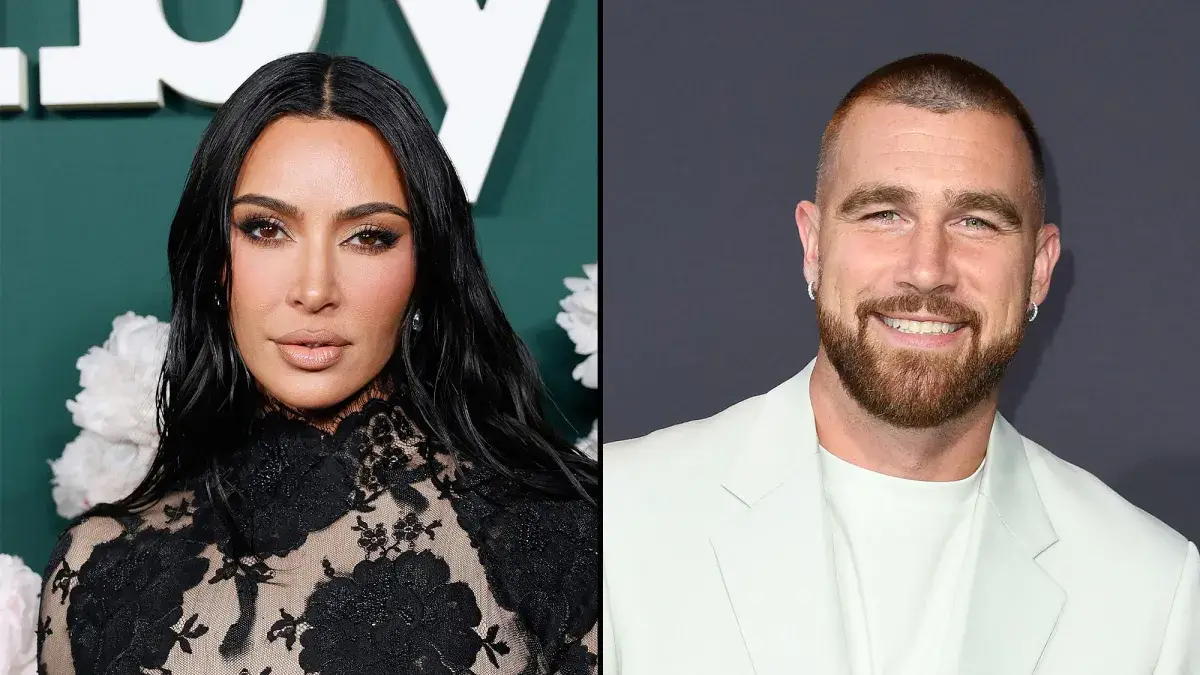Alright, settle down, settle down. Before we get into today’s main event, I just need to say something about the sheer volume of nonsense flooding my newsfeed. Brenda, bless her cotton socks, showed me how to use that “Face-Gram” thing – thought it might be good for looking at pictures of grandchildren. Instead, it’s a constant barrage of what these “celebrities” had for breakfast, or which “wellness guru” they’re currently following. Honestly, it’s enough to make a sensible person want to throw their phone into the nearest body of water.
Today, we’re addressing a topic that truly grinds my gears: the absurdity of celebrity gossip and these ridiculous public meltdowns. My heavens, do these people not have anything better to do? Or perhaps, more importantly, do we not have anything better to read about? It’s a circus, I tell you. A never-ending, utterly exhausting circus, and someone needs to speak to the ringmaster! Welcome back to The Manager’s Desk: A Daily Dose of Disappointment.
The Constant Carnival of Celebrity Lives: Why Do We Care?!
Where do I even begin? It’s a relentless onslaught of triviality. One minute, they’re divorcing for the fifth time; the next, they’re adopting a new exotic animal. Then, they’re spotted having coffee with someone else’s ex-fiancé, and suddenly, it’s front-page news! And for what? To fill the void of actual, meaningful headlines? It’s all just so much. And so pointless!
Take these young pop stars and their “on-again, off-again” romances. One day, they’re declaring undying love on stage, dedicating songs and getting matching tattoos that they’ll inevitably regret. The next, they’re unfollowing each other on social media (Brenda explained what that means – apparently, it’s the modern equivalent of slamming the door in someone’s face) and sending out cryptic messages about “growth” and “new chapters.” Honestly, their relationships seem to last about as long as a carton of milk in my fridge. And they air all their dirty laundry for the entire world to see! Back in my day, if you had a spat with your sweetheart, you kept it to yourselves, hashed it out over a sensible meal, and certainly didn’t involve millions of strangers in your private affairs. It’s a profound lack of decorum, that’s what it is. A complete disregard for privacy and dignity.
And then there are the “public meltdowns.” Good heavens, these people seem to crack under the slightest pressure. One minute, they’re a beloved icon; the next, they’re ranting incoherently on a live stream or throwing a tantrum in an airport. And the media just eats it up, turning their every misstep into a sensational headline. Remember that young man, what’s his name, Kanye West? Bless his heart, he’s talented, I suppose, but his behavior! One minute he’s running for president, the next he’s saying something utterly bizarre that makes you question if he’s had enough sleep. It’s like watching a train wreck, but instead of looking away, everyone just pulls out their phones to film it. It’s morbid curiosity, and it’s fueling the very behavior we claim to despise.
The Oversharing Obsession: Too Much Information, Too Little Sense
And the oversharing! Oh, the sheer volume of personal information these celebrities volunteer. Their “wellness journeys” – which usually involve drinking bizarre green concoctions and doing contortionist yoga poses. Their “mental health struggles” – which, while important, often seem to become another topic for public consumption rather than private healing. Their “morning routines” – as if I care whether they meditate for an hour or do 100 push-ups before their organic, gluten-free, dairy-free, sugar-free breakfast. I just want to know if they’re going to release a decent film, not the intimate details of their digestive system!
And these “influencers” – Brenda tried to explain them, but I’m still none the wiser. Apparently, they get paid to post pictures of themselves doing everyday things, like brushing their teeth or eating a sandwich. And people follow them! For what? To watch someone else live their utterly mundane life, only with better lighting and more filters? It’s mind-boggling! They act like experts on everything from skincare to financial advice, despite having no discernible qualifications other than a good camera and a large following. It’s a complete devaluation of genuine expertise, I tell you. A total sham!
Remember when celebrities were a bit more mysterious? A bit more… unattainable? You admired their work, and that was that. You didn’t know their shoe size or their deepest fears, and frankly, you didn’t need to. The mystique was part of the allure. Now, they expose every waking moment, every minor ailment, every trivial thought. It’s exhausting for them, I imagine, and utterly tedious for us. It’s like being forced to attend an endless, self-indulgent dinner party where the host never stops talking about themselves.
The Media’s Role: Fueling the Fire of Folly
And let’s not forget the media’s complicity in all of this. These “gossip sites” and “tabloid shows” that dedicate entire broadcasts to who wore what to an awards ceremony, or which celebrity had a public spat with their assistant. They thrive on this triviality, creating headlines out of thin air and sensationalizing every minor event. They present rumors as facts, speculation as truth, and private lives as public entertainment. It’s irresponsible journalism, if you can even call it “journalism.” It’s just cheap voyeurism!
They chase these poor people everywhere, hounding them for a reaction, snapping pictures of them at their most vulnerable. And then they publish those pictures and dissect every single detail, from their outfit to their facial expression. It’s predatory! And for what? To sell more clicks, more advertising space. It’s a vicious cycle, feeding on the lowest common denominator of human curiosity. I remember when news was about important events – politics, economics, scientific breakthroughs. Now, it’s about who got caught picking their nose. Good heavens, what a decline!
A Plea for Privacy, Dignity, and a Sensible Perspective
So, here’s my humble plea: Can we please, please, dial back the absurdity? Can we give these celebrities a bit of peace and quiet, so they can perhaps focus on their craft instead of their public image? Can the media find something more substantial to report on than who broke up with whom? And can we, the public, exercise a bit more discernment in what we consume? Do we truly need to know every single detail of every single celebrity’s life? No! We do not.
It’s about re-establishing boundaries. It’s about valuing privacy. It’s about demanding dignity, both from those in the public eye and from those who report on them. It’s about recognizing that constant exposure to triviality dulls our minds and distracts us from what truly matters in our own lives. We spend so much time dissecting other people’s problems that we forget to tend to our own gardens!
At The Manager’s Desk, we will continue to point out the glaring absurdity of this celebrity circus. We will lament the lack of decorum, the relentless oversharing, and the media’s insatiable appetite for the trivial. Because if we don’t speak up, who will? Will we just let them turn our entire culture into one giant, never-ending gossip column? Not on my watch!
Now, if you’ll excuse me, I think I saw a headline about a celebrity cat getting its own reality show. Honestly, the nerve! I simply must investigate. The sheer audacity of it all!









